Unique Craft Ideas for Little Photographers
Are you ready to dive into a world where creativity meets the lens? Photography isn’t just about snapping pictures; it’s about capturing moments, telling stories, and expressing oneself. For little photographers, crafting unique projects can be a fantastic way to enhance their artistic vision while developing essential skills. Imagine your child transforming ordinary materials into extraordinary creations that not only fuel their passion for photography but also ignite their imagination. This article explores some exciting craft ideas tailored specifically for young photography enthusiasts, ensuring they have fun while learning!
Let’s kick things off with some DIY camera crafts! These projects are not only easy to make but also incredibly engaging. By using everyday materials like cardboard, paper, and even old plastic bottles, children can create their own unique cameras. This hands-on experience helps them understand the basics of photography, such as framing and perspective, while also allowing them to unleash their creativity. For instance, a simple cardboard box can be transformed into a camera by cutting out a lens hole and decorating it with colorful markers. What a fun way to get started!
Next up, we have photo collage projects. This is where the magic truly happens! Collages allow children to blend different images, colors, and textures, fostering their artistic skills and storytelling abilities. They can cut out pictures from magazines, print their own photos, and even incorporate natural materials like leaves and flowers. The possibilities are endless! Imagine your child creating a vibrant collage that represents their favorite day at the park or a family vacation. It’s not just about the pictures; it’s about the memories they encapsulate.
Let’s take a closer look at nature-themed collages. These projects encourage little photographers to step outside and capture the beauty of the outdoors. Armed with their cameras, they can snap pictures of flowers, trees, and wildlife. Once they have their photos, they can use them to create stunning visual displays. By incorporating natural materials like twigs or petals, children can enhance their collages, making them even more special. It’s a wonderful way to teach kids about nature while honing their photography skills!
Every season brings its own charm, and that’s where seasonal inspirations come into play. Encourage your kids to photograph and collect items that represent different times of the year. For example, in spring, they might capture blooming flowers and collect colorful leaves in autumn. By integrating these seasonal elements into their collages, they can create a beautiful representation of the changing world around them. This not only enhances their appreciation for nature but also provides a fantastic opportunity for storytelling through their art.
Speaking of storytelling, teaching children how to tell a story through their collages is a brilliant way to engage their minds. They can use photographs and art to convey emotions and narratives, encouraging them to think critically about composition and imagery. Ask your child to create a collage that tells a story about their day or a favorite memory. This exercise helps them articulate their thoughts and feelings, making the crafting experience even more meaningful.
Another fun project is making personalized photo frames. This activity allows children to showcase their favorite images while combining crafting skills with photography. Using materials like popsicle sticks, glitter, and paint, they can create unique frames that reflect their personality. Once completed, these frames can hold their favorite captured moments, serving as meaningful keepsakes. Imagine a photo frame adorned with colorful designs that captures a special family moment. It’s a beautiful way to cherish memories!
Encouraging kids to keep photography journals is another fantastic idea. These journals can serve as a space for them to document their creative process, reflect on their experiences, and track their progress as budding photographers. Writing down thoughts about their favorite shots or sketching ideas can enhance their observational skills and deepen their understanding of photography. It’s like having a personal diary for their artistic journey!
To inspire creativity in their journals, provide sketching and writing prompts. These prompts can help children articulate their thoughts and ideas about photography while developing their artistic voice. For example, ask them to sketch a scene they want to capture or write about what photography means to them. This not only stimulates their creativity but also encourages them to express themselves in different ways.
Finally, introduce fun photo challenges that motivate children to explore different themes and techniques. Whether it’s capturing the colors of the rainbow or photographing their pets in funny poses, these challenges can foster creativity and encourage experimentation. By providing a playful framework, children can learn to think outside the box and develop their photography skills in a fun and engaging way.
Q: What materials do I need for DIY camera crafts?
A: You can use cardboard boxes, plastic bottles, markers, and other craft supplies you have at home.
Q: How can I encourage my child to take better photos?
A: Provide them with fun challenges and prompts to explore different photography techniques and themes.
Q: What should I include in a photography journal?
A: Encourage your child to include sketches, thoughts about their photos, and reflections on their experiences.

DIY Camera Crafts
When it comes to nurturing the budding photographer in your child, nothing beats the thrill of creating their very own DIY camera crafts! These projects are not just about assembling materials; they offer a playful way for kids to explore the fascinating world of photography while igniting their creativity. Imagine your little one’s face lighting up as they transform ordinary items into a camera that captures their unique perspective of the world! This hands-on experience not only teaches them about the mechanics of photography but also allows them to express their artistic vision in a tangible way.
To kick things off, let’s dive into some simple yet imaginative camera crafts that can be made using everyday materials found around the house. For instance, using a cardboard box, some colored paper, and a few basic tools, children can create a fun and functional camera model. Not only does this project stimulate their creativity, but it also helps them understand the basic components of a camera, such as the lens and shutter. Plus, it’s an excellent opportunity for them to learn about the importance of angles and lighting while they play!
Here’s a quick overview of what you’ll need for a basic DIY cardboard camera:
| Materials | Purpose |
|---|---|
| Cardboard box | Body of the camera |
| Plastic lens (or a magnifying glass) | To mimic the camera lens |
| Colored paper | To decorate the camera |
| Scissors and glue | For assembly |
| Markers or stickers | For personalization |
As they build their cameras, encourage them to think about what kind of pictures they want to take. This can lead to exciting discussions about composition and storytelling through photography! Once their cameras are complete, let the fun continue by organizing a mini photo shoot. They can practice taking pictures of family members, pets, or even their favorite toys. The possibilities are endless!
Another fantastic idea is to create a pinhole camera using a simple cardboard box. This project is slightly more advanced, but it introduces kids to the science behind photography in a fun way. By poking a small hole in one side of the box and covering the opposite side with photo paper, they can capture images using sunlight. Watching their images develop is sure to be a magical experience!
Incorporating these DIY camera crafts into your child’s routine not only enhances their understanding of photography but also fosters a sense of accomplishment and pride in their creations. It’s a wonderful way for them to express themselves while developing essential skills. So gather those materials and let your little photographers embark on an adventure of creativity and discovery!
- What age group is suitable for DIY camera crafts? These crafts are generally suitable for children aged 5 and up, with adult supervision for younger kids.
- Can we use recycled materials for these crafts? Absolutely! Using recycled materials not only saves money but also teaches kids about sustainability.
- How can I encourage my child to take great photos? Encourage them to experiment with different angles, lighting, and subjects. Remind them that practice makes perfect!
- Are there any safety precautions to consider? Yes, ensure that scissors and other tools are age-appropriate and supervise younger children during the crafting process.
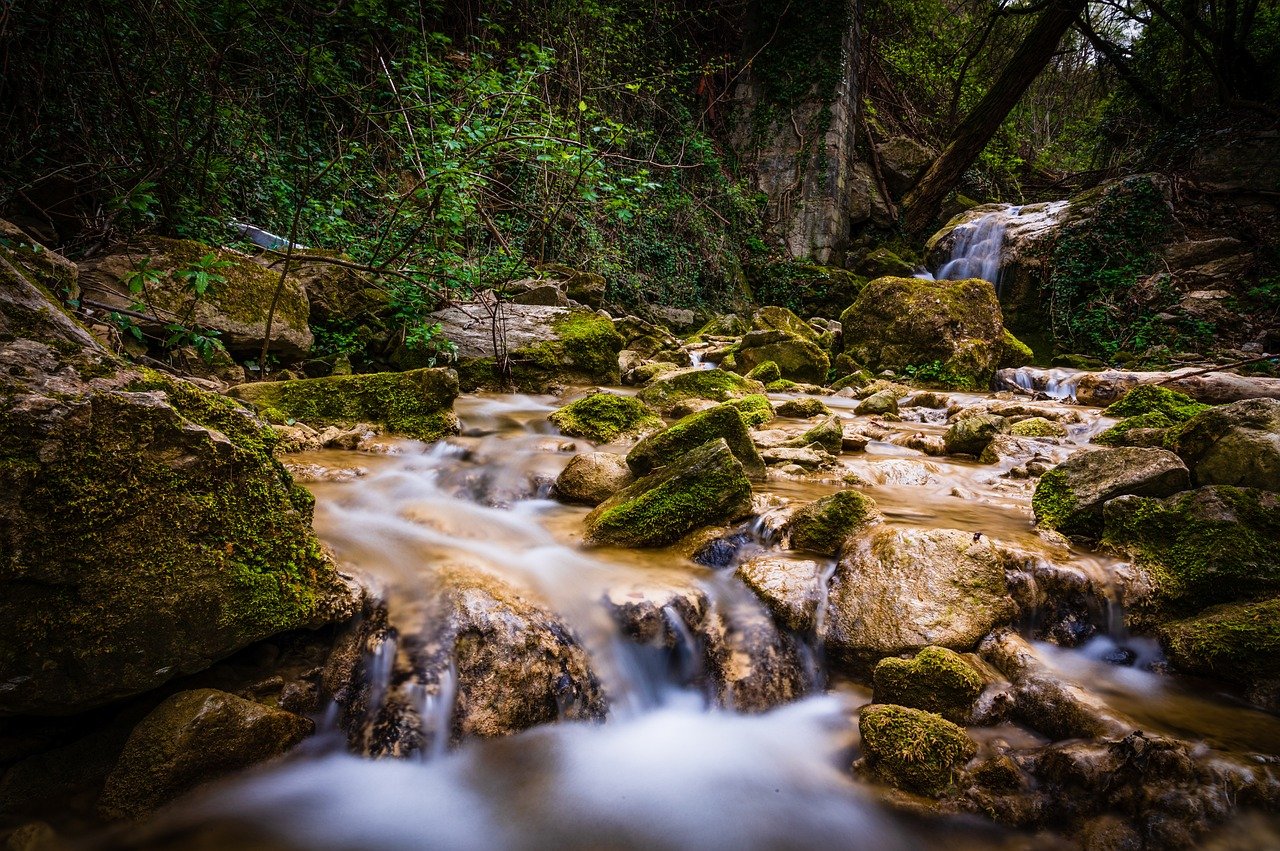
Photo Collage Projects
Creating vibrant photo collages is an exciting way for children to express their creativity and imagination. These projects not only allow kids to play with colors and textures but also help them develop their storytelling skills. By combining various images, they can narrate a story or share a moment that is special to them. Imagine a world where a simple collection of photographs transforms into a masterpiece, each piece contributing to a bigger picture. This is the magic of photo collages!
To get started, gather a selection of photographs that your little photographers have taken. Encourage them to choose images that resonate with them, whether it’s a beautiful sunset, a playful pet, or a special family gathering. Once they have their images, it's time to think about how to arrange them. The layout can be as chaotic or as structured as they desire. This freedom of expression is crucial in helping them develop their unique artistic voice.
Incorporating various materials into their collages can elevate their projects to the next level. Here are some ideas for materials that can be used:
- Colored paper
- Natural elements like leaves and flowers
- Stickers and embellishments
- Textured fabrics
- Magazines for additional cutouts
As they begin to piece together their collages, remind them to think about the story they want to tell. Are they showcasing a memorable day at the park or perhaps a fun family vacation? The possibilities are endless! Encourage them to play with layering and overlapping images, which can create depth and interest in their artwork. This process not only enhances their creativity but also teaches them about composition and balance in visual storytelling.
One of the most inspiring themes for photo collages is nature. Children can venture outside with their cameras, capturing the beauty of their surroundings. Once they have their photographs, they can incorporate natural materials like leaves, twigs, and flowers into their collages. This not only adds a tactile element to their artwork but also fosters a deeper appreciation for the environment. Imagine a collage that features vibrant autumn leaves alongside photos of the trees they came from—what a beautiful way to connect with nature!
To make their nature-themed collages even more engaging, consider incorporating seasonal elements. Children can photograph items that represent different times of the year, such as blooming flowers in spring, sun-soaked beaches in summer, colorful foliage in autumn, and glistening snow in winter. This practice not only enhances their photography skills but also teaches them to observe the changing world around them. They can create a collage that reflects the essence of each season, showcasing their growth as photographers and artists.
Encouraging children to tell a story through their collages can be a transformative experience. They can use photographs alongside drawings, written words, or even poetry to convey emotions and narratives. For instance, a collage about a day at the zoo might include pictures of animals, sketches of their favorite exhibits, and notes about what they learned. This approach allows children to think critically about composition and imagery, honing their storytelling abilities while having fun.
After creating their stunning collages, children will want to showcase their work! Making personalized photo frames can be a delightful follow-up project. Using simple materials like cardboard, paint, and decorations, kids can design frames that reflect their personality and style. As they display their collages in these frames, they create meaningful keepsakes that celebrate their artistic journey.
In conclusion, photo collage projects are a fantastic way for young photographers to express themselves and develop essential skills. By combining their love for photography with creative crafting, children can create stunning visual narratives that not only capture memories but also showcase their artistic growth. So grab those cameras and craft supplies—it's time to unleash their creativity!
Q: What materials do I need for a photo collage project?
A: You can use photographs, colored paper, natural elements, stickers, fabrics, and magazines for cutouts. The more varied the materials, the more interesting the collage will be!
Q: How can I encourage my child to tell a story through their collage?
A: Ask them to think about a theme or event they want to capture. Encourage them to use photographs, drawings, and written words to express their emotions and narratives.
Q: What is the best age for children to start making collages?
A: Children as young as 5 can start creating collages with guidance. As they grow, they can take on more complex projects and explore different themes.

Nature-Themed Collages
Creating is a fantastic way for little photographers to immerse themselves in the beauty of the outdoors while flexing their artistic muscles. Imagine walking through a sun-dappled forest, the air rich with the scent of pine, and suddenly spotting the perfect leaf or flower. These moments can be captured not just in photographs but also through the vibrant textures and colors of a collage. By combining their own photographs with natural materials, children can create stunning displays that tell a story about their adventures in nature.
To start, encourage your little ones to venture outside with their cameras. They can snap pictures of everything that catches their eye—whether it’s the intricate patterns on a butterfly’s wings or the way sunlight filters through the trees. Once back indoors, they can print their favorite shots and gather materials like leaves, twigs, and petals. This hands-on approach not only enhances their appreciation for nature but also deepens their understanding of photography as an art form.
When creating their collages, children can explore different themes. For example, they might focus on a specific season, capturing the vibrant colors of autumn leaves or the fresh blooms of spring. This can lead to discussions about how nature changes over time and the importance of observing these shifts. As they arrange their photos and natural elements, kids can experiment with composition, learning how to balance colors and shapes to create a visually appealing piece.
Here’s a fun activity to inspire creativity:
- Nature Scavenger Hunt: Create a list of items they need to find, such as a smooth stone, a feather, or a specific type of leaf. This not only makes the collage-making process exciting but also encourages exploration.
- Theme-Based Collages: Challenge them to create collages based on themes like "Under the Sea" using blue paper and photos of water, or "Desert Adventure" with sand-colored materials and cacti images.
As they piece together their collages, children can also think about the stories behind each photograph. What were they feeling when they took that shot? What does that particular leaf remind them of? By weaving personal narratives into their artwork, they learn to connect their emotions with their creative expression, making each collage a unique representation of their experiences.
Incorporating seasonal elements into their collages can further enhance their projects. Encourage them to collect items that resonate with the different times of the year. For instance, in winter, they might gather pinecones or snowflakes (real or crafted), while in summer, they could use vibrant flowers or beach sand. This seasonal approach not only makes the collages visually appealing but also fosters a deeper connection to the environment, teaching kids to appreciate the changing world around them.
Finally, don’t forget to display their masterpieces! Whether it’s hanging them on the fridge or creating a mini-gallery in their room, showcasing their work will boost their confidence and encourage them to keep exploring their artistic talents.
- What materials do I need for nature-themed collages? You can use printed photographs, leaves, flowers, twigs, glue, scissors, and any other decorative items like glitter or colored paper.
- How can I encourage my child to take good photographs? Teach them about lighting, angles, and composition. Encourage them to experiment with different perspectives and to take their time to capture the perfect shot.
- What age is appropriate for making collages? Children of all ages can enjoy collage-making! Younger children may need more guidance, while older kids can explore their creativity more independently.

Seasonal Inspirations
When it comes to photography, the changing seasons offer a vibrant palette of colors, textures, and themes that can ignite a child’s imagination. Each season brings its own unique beauty, making it a perfect opportunity for little photographers to explore and capture the world around them. Imagine the crisp, golden leaves of autumn or the fresh blooms of spring; these natural wonders can inspire countless creative projects. By encouraging children to photograph and collect items that represent different times of the year, you not only enhance their appreciation for nature but also enrich their photography skills.
Think about how much fun it would be for kids to venture outside with their cameras, searching for signs of the season. For instance, during winter, they can capture the glistening snowflakes or the intricate patterns of frost on windows. In the summer, they might photograph the lush greenery or the vibrant colors of wildflowers. Each photograph can tell a story of what they see, feel, and experience in that particular season. This process not only helps them develop their technical skills but also encourages them to observe the world in a new light.
To make this process even more engaging, you can create a seasonal photography project where children can document their findings over the months. They might create a scrapbook or a digital portfolio that showcases their seasonal photographs alongside notes about what inspired them. Here’s a simple structure for their project:
| Season | Photography Ideas | Materials to Collect |
|---|---|---|
| Spring | Flowers, baby animals, rain showers | Petals, leaves, small twigs |
| Summer | Beach scenes, sunsets, outdoor activities | Shells, sand, colorful stones |
| Autumn | Falling leaves, harvest time, Halloween | Acorns, pumpkins, colorful leaves |
| Winter | Snow scenes, holiday decorations, cozy indoors | Snowflakes, pinecones, holiday cards |
By organizing their findings in this way, children can reflect on their growth as photographers while also enjoying the beauty of each season. This activity not only sharpens their technical skills but also fosters a deeper connection with the environment. So, grab that camera, head outdoors, and let the seasons inspire your little photographers!
Q: How can I motivate my child to take more photos?
A: Encourage them by setting fun challenges, such as capturing specific colors or themes related to the season. Make it a game to keep their interest high!
Q: What are some good photography tips for kids?
A: Teach them the basics of composition, like the rule of thirds, and encourage them to experiment with different angles and perspectives. Also, remind them to have fun!
Q: How can we display their seasonal photographs?
A: Create a rotating gallery at home where their best shots can be showcased. You can use string and clothespins for a casual display or frame their favorites for a more polished look.
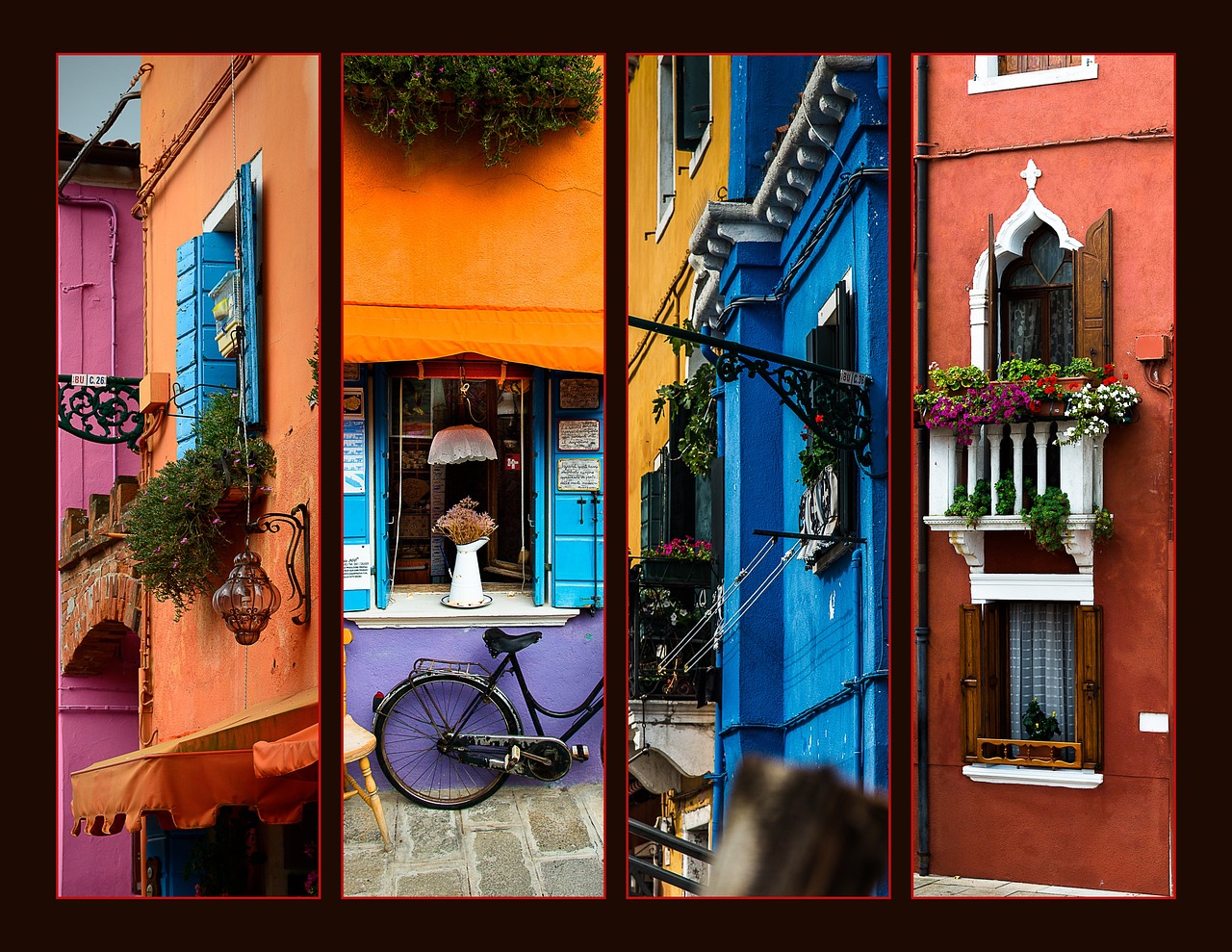
Storytelling Through Collages
Creating collages is not just about slapping images together; it’s a fantastic way for children to weave their own stories and express their unique perspectives. When little photographers engage in this art form, they learn to think critically about the images they choose and how those images interact with one another. Imagine a child selecting a photo of a sunny day at the park, paired with a picture of their favorite ice cream cone. These images don’t just represent a day out; they tell a story of joy, warmth, and simple pleasures. By understanding the narrative behind their selections, children can enhance their storytelling abilities and artistic vision.
To get started, encourage children to think about the themes they want to explore. Here are a few ideas to spark their imagination:
- Adventure: Collect images from family trips or backyard explorations.
- Friendship: Use photos that capture moments with friends and loved ones.
- Nature: Document the beauty of the outdoors through various seasons.
Once they’ve chosen a theme, it’s time to gather materials. This can include printed photos, magazines, colored paper, and even natural elements like leaves or flowers. The key is to let their creativity flow without constraints. As they start to piece together their collages, remind them to think about how each image contributes to the overall story. Is there a central figure or event? How do the colors and textures interact? This process not only fosters creativity but also enhances their observational skills.
After completing their collages, encourage children to present their work to family or friends. This not only builds confidence but also allows them to articulate the stories behind their creations. They can share why they chose specific images, what they represent, and how they relate to their personal experiences. This practice of storytelling through collages helps children develop a deeper connection to their art and encourages them to see the world through a more creative lens.
Incorporating storytelling into collage-making is a powerful way to engage young photographers. It nurtures their ability to communicate visually and emotionally, creating a bridge between their artistic endeavors and the stories they want to tell. So grab those scissors, glue sticks, and a handful of memories, and let the storytelling begin!
Q: What materials do I need for making collages?
A: You can use printed photos, magazines, colored paper, scissors, glue, and even natural materials like leaves or flowers.
Q: How can I help my child choose a theme for their collage?
A: Encourage them to think about their favorite memories, experiences, or interests. They can also look at their photos and choose a theme based on what they love most.
Q: What age is appropriate for children to start making collages?
A: Children as young as 5 can start making collages with guidance. As they grow older, they can take on more complex projects.
Q: How can storytelling through collages benefit my child?
A: It enhances their creativity, critical thinking, and observational skills while allowing them to express their emotions and experiences visually.
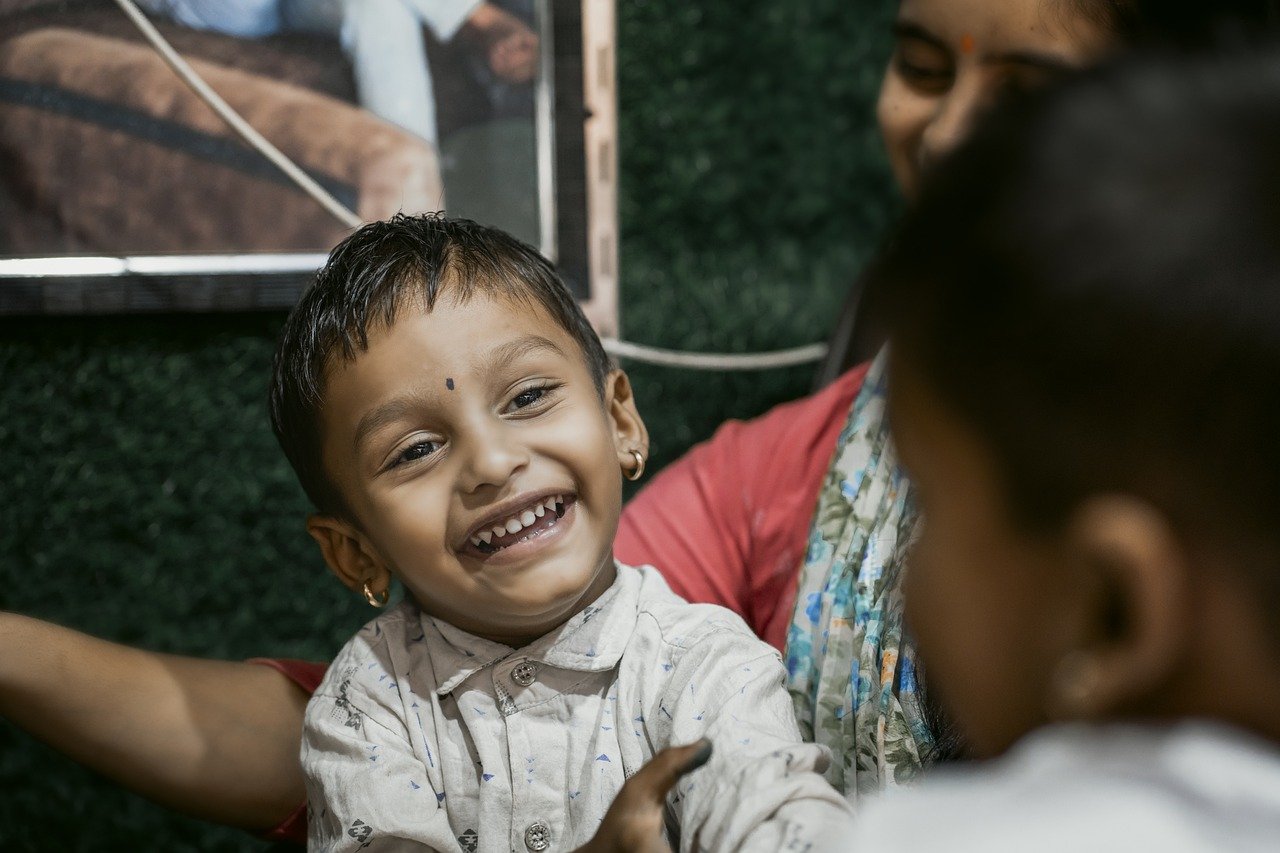
Personalized Photo Frames
Creating is not just a fun craft; it’s a fantastic way for young photographers to showcase their favorite images and express their unique style. Imagine your little one, beaming with pride as they display their artwork, all while developing their crafting skills! The best part? You can use materials that you probably already have at home, making it an affordable and eco-friendly project.
To start, gather some basic supplies like cardboard, scissors, glue, and decorative items such as stickers, markers, and colored paper. Children can cut out the cardboard into various shapes and sizes, allowing them to create frames that reflect their personality. It’s like giving them a blank canvas where their creativity can run wild! For instance, a rectangular frame can be adorned with a nature theme using pressed flowers or leaves, while a circular frame could be decorated with colorful pom-poms.
As they work on their frames, encourage them to think about the story behind each photograph they choose to display. This process not only enhances their understanding of composition but also allows them to reflect on their experiences. They might choose a picture from a family vacation, a birthday party, or even a candid shot of their pet. Each frame becomes a personal gallery that tells a story, making the crafting experience even more meaningful.
Once the frames are complete, let’s talk about displaying them! You can set up a mini-exhibition at home. This not only boosts their confidence but also turns your living space into a vibrant art gallery. Imagine the joy on their faces as family and friends admire their creations! It’s a perfect way to celebrate their hard work and creativity.
In addition to being a fun activity, creating personalized photo frames can also enhance fine motor skills. As children cut, glue, and arrange their materials, they are practicing coordination and precision. This crafting adventure can lead to hours of joy, laughter, and learning. Plus, it sparks conversations about photography, art, and storytelling, enriching their understanding of these concepts.
To wrap up, personalized photo frames are more than just a craft; they are a beautiful way for children to connect with their photography journey. So, gather those supplies, unleash their creativity, and watch as they transform simple materials into cherished keepsakes!
- What materials do I need for making personalized photo frames?
You will need cardboard, scissors, glue, decorative items like stickers, markers, and colored paper. - Can I use recycled materials for this project?
Absolutely! Using recycled materials is a great way to be eco-friendly and inspire creativity. - How can I encourage my child to choose photos for their frames?
Discuss their favorite memories and experiences, and suggest they select photos that tell a story or evoke emotions. - What age is appropriate for this craft?
This activity is suitable for children aged 5 and up, with adult supervision for younger kids when using scissors.
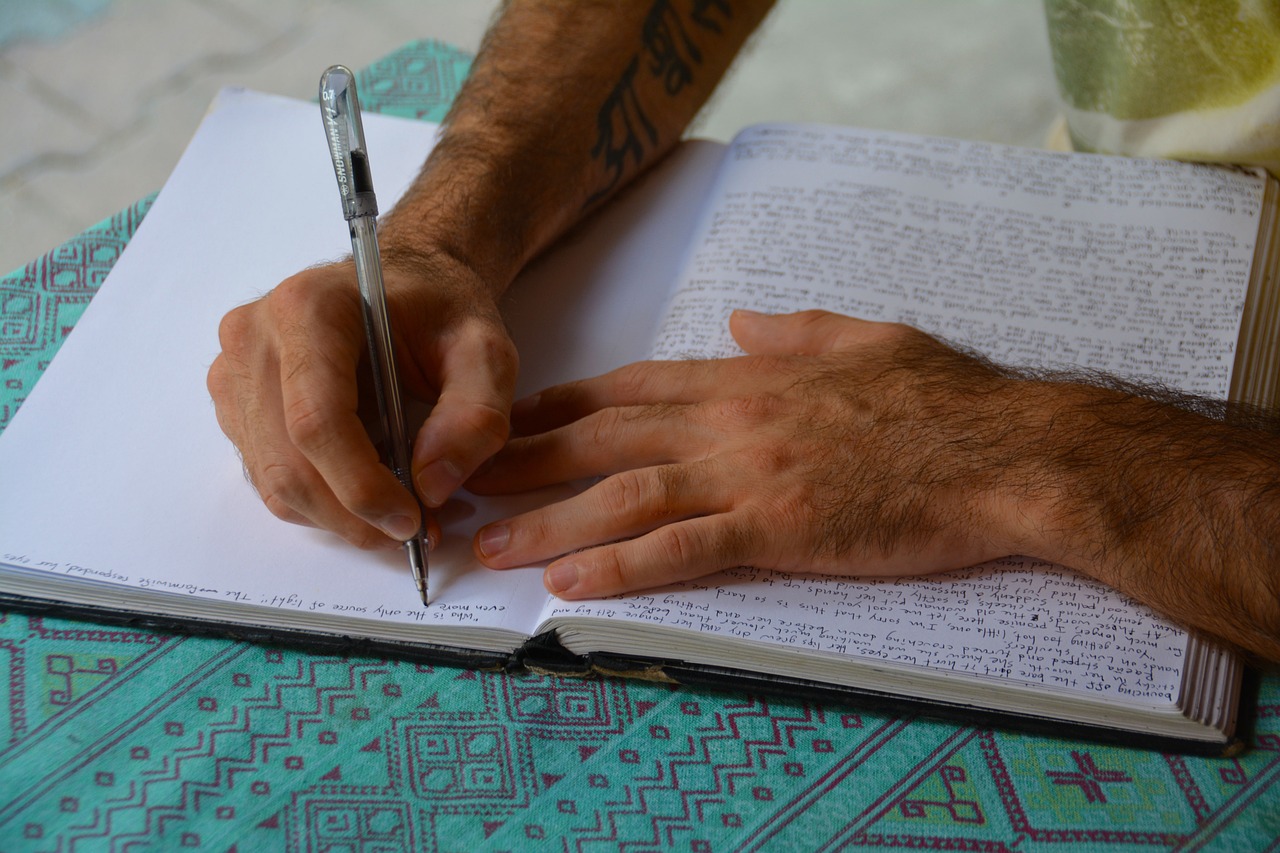
Photography Journals
Photography journals are an incredible way for kids to not only document their photographic journey but also to foster their creativity and reflect on their experiences. Imagine a canvas where thoughts, sketches, and photographs all come together! By encouraging children to keep a photography journal, you are giving them a powerful tool that enhances their observational skills and helps them articulate their artistic vision. It’s like giving them a treasure chest where they can store their ideas, inspirations, and memories, all while developing their unique style as budding photographers.
In these journals, kids can jot down their thoughts about each photo they take, the techniques they used, and the feelings evoked by their images. This practice not only improves their writing skills but also encourages them to think critically about their work. For instance, after a day spent capturing the vibrant colors of a sunset, they can write about how the hues made them feel, or what they were trying to convey through their lens. It’s a way to connect with their art on a deeper level.
To make the journaling process even more engaging, consider incorporating sketching and writing prompts. These prompts can serve as a springboard for creativity, helping children articulate their thoughts and ideas about photography. For example, a prompt could be: “Draw a picture of your favorite place and describe what makes it special to you.” This not only inspires them to sketch but also encourages them to think about how they would photograph that place. It’s like a two-for-one deal—drawing and photography working hand in hand!
Moreover, keeping a photography journal allows children to look back at their progress over time. They can see how their skills have evolved, which is incredibly rewarding and motivating. They might even discover a pattern in their interests, such as a love for nature photography or portraiture. This realization can guide them in future projects and help them focus on what truly inspires them.
Here’s a simple table to illustrate the benefits of keeping a photography journal:
| Benefit | Description |
|---|---|
| Enhanced Creativity | Encourages kids to explore new ideas and express themselves through sketches and writings. |
| Critical Thinking | Helps children reflect on their work, leading to a deeper understanding of composition and storytelling. |
| Skill Tracking | Allows kids to document their progress and see how their photography skills develop over time. |
| Emotional Connection | Fosters a personal relationship with their art, encouraging them to explore their feelings and thoughts. |
In conclusion, photography journals are not just notebooks; they are gateways to creativity, self-expression, and personal growth. By encouraging kids to maintain these journals, we empower them to become more than just photographers; we help them become storytellers and artists who can convey their unique perspectives of the world around them.
Q: What should kids include in their photography journals?
A: Kids can include sketches, photographs, thoughts about their photography experiences, and reflections on their favorite images.
Q: How can parents help their children with photography journals?
A: Parents can provide prompts, encourage regular journaling, and engage in discussions about their child's photography and artistic choices.
Q: Are there specific materials needed for a photography journal?
A: No specific materials are required! A simple notebook, colored pencils, and a camera (or smartphone) are enough to get started.
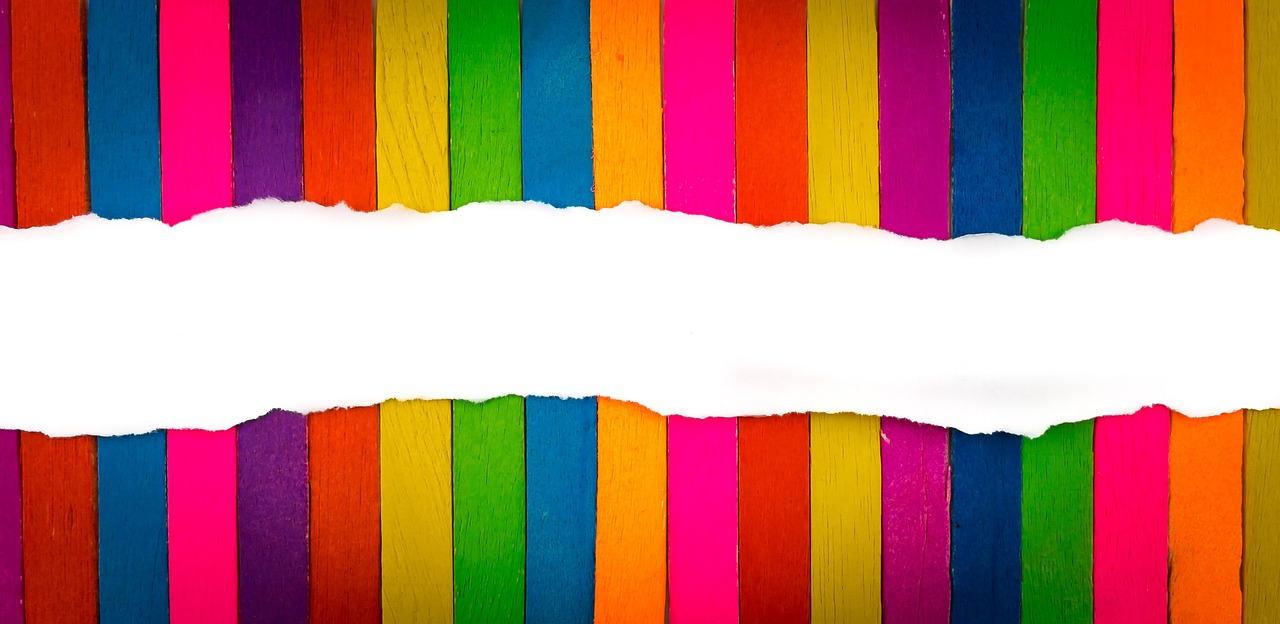
Sketching and Writing Prompts
Encouraging kids to express themselves through sketching and writing is an essential part of their artistic development. When it comes to photography, the ability to articulate thoughts and ideas can significantly enhance their understanding of the medium. So, how can we inspire our little photographers to dive into their creative minds? Well, sketching and writing prompts are a fantastic way to get those creative juices flowing!
Imagine your child sitting down with a sketchbook, pencil in hand, ready to explore the world around them. A simple prompt like "Draw your favorite place to take photos" can ignite their imagination and lead them to think critically about what makes that location special. This not only encourages them to engage with their surroundings but also helps them develop a deeper connection to their photography. It's like giving them a treasure map to their artistic soul!
Here are some engaging prompts to consider:
- Capture a Mood: Ask them to sketch a scene that represents happiness, sadness, or excitement. This will help them understand how emotions can be conveyed through photography.
- Photograph a Story: Encourage them to think about a story they want to tell. They can sketch out scenes or characters that they would later capture through their camera.
- Nature’s Palette: Have them create a color palette based on their favorite outdoor photographs. They can then sketch items that represent those colors, enhancing their observational skills.
In addition to sketching, writing prompts can also play a pivotal role in honing their photography skills. For instance, you could ask them to write about a photo they took and what it means to them. Questions like "What story does this photo tell?" or "How did you feel when you took this picture?" can prompt deeper reflection and help them articulate their artistic vision.
Moreover, keeping a photography journal filled with sketches and writings allows children to track their progress. They can look back at their early sketches and writings, see how much they've grown, and even laugh at their past ideas. It’s a tangible way to witness their journey as budding photographers!
Ultimately, sketching and writing prompts are not just activities; they are gateways to creativity and self-expression. They empower children to think outside the box and explore their artistic voice, creating a rich foundation for their future endeavors in photography and beyond.
Q: How can sketching enhance my child's photography skills?
A: Sketching helps children observe their surroundings more closely, encouraging them to think critically about composition, lighting, and storytelling in their photographs.
Q: What age is appropriate to start using sketching and writing prompts?
A: Children as young as 5 can benefit from simple prompts, while older kids can handle more complex ideas that challenge their creativity and critical thinking.
Q: How often should my child practice sketching and writing?
A: Regular practice is key! Encourage them to sketch or write at least once a week, but let their interest guide how often they engage with these activities.
Q: Can I use these prompts as part of a photography class?
A: Absolutely! Incorporating sketching and writing into photography lessons can provide a well-rounded approach to learning, enhancing both technical skills and creative expression.
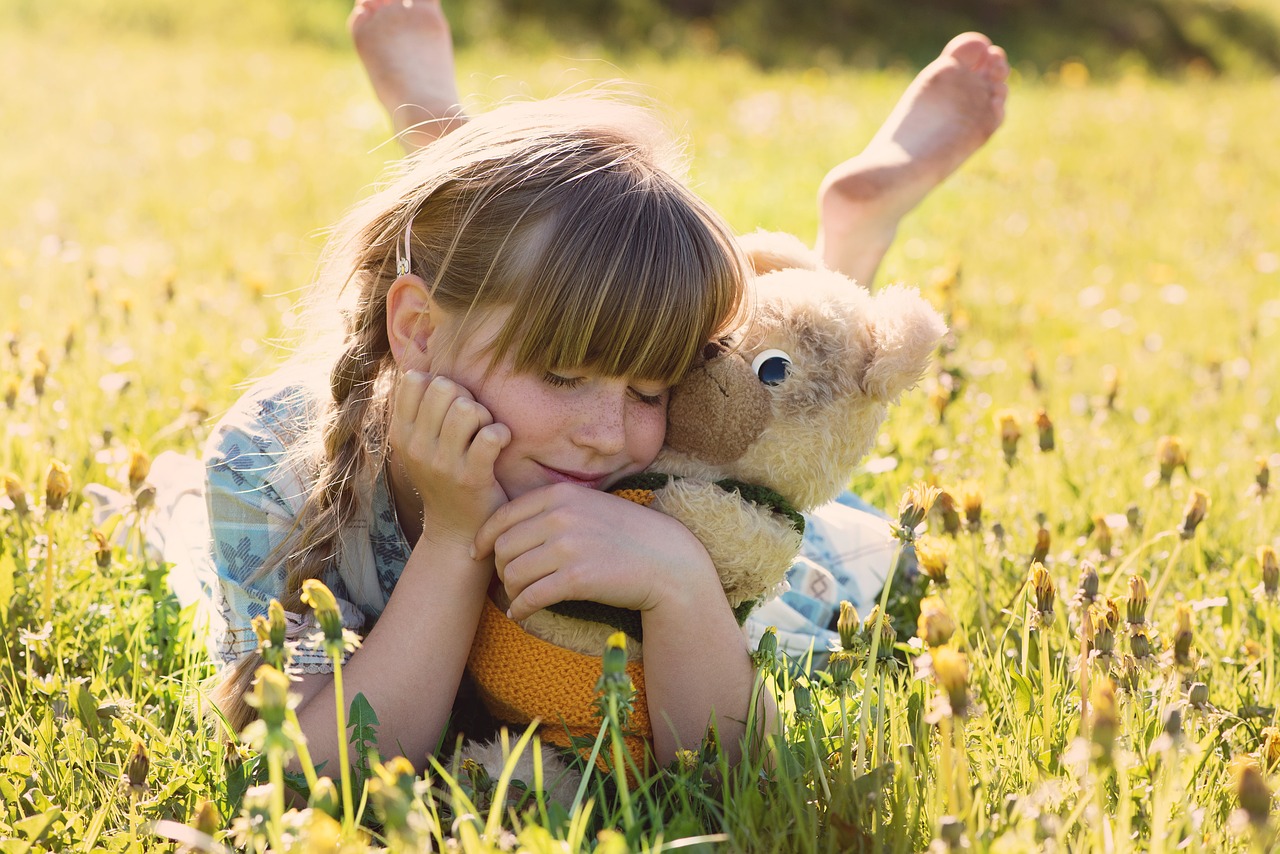
Photo Challenge Ideas
Photography is a magical art form that allows young minds to capture the world through their unique lenses. To keep the spark of creativity alive, introducing photo challenges can be a game-changer for little photographers. These challenges not only motivate children to explore different themes and techniques but also encourage them to step outside their comfort zones. Imagine a child racing against time to capture the perfect shot of a fluttering butterfly or the intricate patterns of leaves on the ground! It’s thrilling, right? So, let’s dive into some exciting photo challenge ideas that will surely ignite their passion for photography.
One fantastic way to kick off a photo challenge is to set a specific theme each week. This could range from nature to urban landscapes, or even emotions. For instance, during a week dedicated to nature, kids can venture into their backyards or local parks to capture the beauty around them. They might be surprised by how many amazing shots they can get of flowers, trees, and wildlife! To make it more interactive, you could even create a photo challenge calendar that outlines different themes for each day or week. Here’s a simple example:
| Day | Theme |
|---|---|
| Monday | Nature |
| Tuesday | Family |
| Wednesday | Textures |
| Thursday | Colors |
| Friday | Emotions |
Another engaging challenge could be a “Color Hunt”. In this challenge, children are tasked with capturing photos that feature a specific color. For example, if the color of the day is blue, they could photograph the sky, a blue toy, or even a blue flower. This not only sharpens their observational skills but also teaches them about color theory in photography. It’s a fun way to get them thinking critically about what they see and how they can frame it in a way that emphasizes the chosen color.
Additionally, consider introducing a “Story in a Picture” challenge. Here, children can take a single photograph that tells a story or evokes emotion. They might snap a picture of their pet looking out the window, which could evoke feelings of longing or curiosity. After taking their shots, encourage them to share their photos with friends or family and explain the story behind each one. This not only boosts their confidence but also enhances their storytelling abilities, making them more thoughtful photographers.
For those who love a bit of friendly competition, you could host a photo contest. Set a theme, give everyone a week to submit their best shots, and then have a panel of judges (perhaps family members) vote on their favorites. This not only motivates kids to put their best foot forward but also teaches them about constructive criticism and the importance of feedback in the creative process. Plus, who doesn’t love a little recognition for their hard work?
Incorporating these photo challenges into your child's routine can transform their photography experience from merely snapping pictures to a profound exploration of their artistic vision. They’ll learn to see the world differently, noticing details and stories they might have overlooked. So, grab those cameras, set the challenges, and watch as your little photographers flourish!
- What age is appropriate for photography challenges? Photography challenges can be adapted for all ages, but they are particularly great for children aged 6 and up, as they can understand themes and storytelling.
- Do I need a professional camera? No! A smartphone or a simple point-and-shoot camera is perfect for kids. The focus should be on creativity, not equipment.
- How can I encourage my child if they're feeling discouraged? Remind them that photography is about practice and exploration. Celebrate their efforts and encourage them to keep trying!
Frequently Asked Questions
- What are some easy DIY camera crafts for kids?
There are tons of fun and easy DIY camera crafts that kids can create! For instance, they can make a simple pinhole camera using a cardboard box, some black tape, and photographic paper. This project not only sparks creativity but also teaches them the fundamentals of how cameras work. Another idea is to create a camera out of recycled materials like shoeboxes, where they can decorate it with paint and stickers, making it truly their own!
- How can children create photo collages?
Creating photo collages is a fantastic way for kids to express their artistic vision! They can start by gathering their favorite photos, magazines, or even nature items like leaves and flowers. Using a large piece of paper or poster board, they can arrange these items in a way that tells a story or showcases a theme. Encourage them to use colorful markers or paint to add personal touches and make their collage pop!
- What should be included in a photography journal for kids?
A photography journal can be a wonderful tool for kids to reflect on their experiences and document their growth as photographers. They should include sections for sketching ideas, writing about their favorite photos, and even noting down challenges they faced during shoots. Adding prompts like “What did you feel when you took this photo?” can help them articulate their thoughts and develop their artistic voice.
- Can you suggest some fun photo challenges for kids?
Absolutely! Fun photo challenges can ignite a child's imagination and push their creative boundaries. For example, you could set a challenge to capture “something red” or “a reflection.” Another idea is a “day in the life” challenge, where they document their daily activities through photos. These challenges not only make photography exciting but also help them explore different themes and techniques!
- How can nature-themed collages enhance a child's appreciation for the outdoors?
Nature-themed collages encourage kids to engage with the environment around them. By photographing natural elements like flowers, trees, and wildlife, they develop a deeper connection to nature. Incorporating real leaves, petals, or twigs into their collages allows them to explore textures and colors while fostering a sense of wonder and appreciation for the beauty of the outdoors.
- What are some seasonal inspirations for collages?
Seasonal inspirations can really spice up a child's collage-making experience! For instance, during spring, they might collect flowers and vibrant colors, while in autumn, they can gather leaves in various shades of orange and red. Encouraging them to photograph seasonal activities, like building a snowman in winter or visiting a pumpkin patch in fall, helps them capture the essence of each season and express it through their art.



















